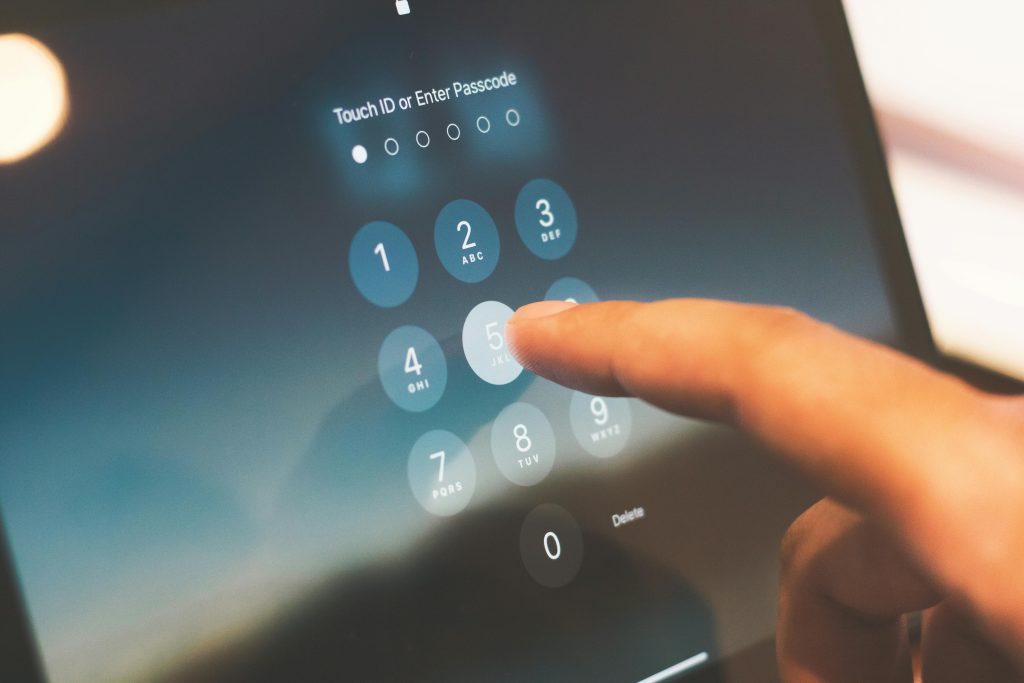Ensuring Compatibility: Troubleshooting FAT32 USB Drives Between Windows 11 and Windows XP
Transferring files between modern and legacy systems can sometimes pose unexpected challenges. A common issue encountered by users is when a USB drive formatted in FAT32 on Windows 11 is not recognized by Windows XP, despite FAT32’s longstanding support across Windows operating systems. This article explores potential reasons behind this compatibility issue and provides practical solutions to ensure seamless file exchanges between these two environments.
Understanding the Compatibility Issue
FAT32 has been a standard file system supported by Windows XP and subsequent versions for decades. Therefore, encountering a prompt to format the drive on Windows XP after using FAT32 on Windows 11 is perplexing. Typically, this indicates a problem with the drive’s formatting or how it’s recognized by the older system.
Potential Causes
-
Partition Table Format:
Modern systems often use the GPT partition table, which older systems like Windows XP do not support. If the USB drive is partitioned using GPT, Windows XP may fail to recognize or mount the drive correctly, even if it’s formatted as FAT32. -
Formatting Method in Windows 11:
During formatting in Windows 11, the default tools or methods may produce a slightly different FAT32 structure, or the formatting process might include features incompatible with Windows XP. -
Corrupted File System or Drive:
Any corruption or inconsistencies in the FAT32 file system can lead to recognition issues on older systems. -
Drive Partition Size:
Although FAT32 supports large drives, some formatting tools might create partitions or structures that are not fully compatible with XP.
Solutions and Best Practices
- Check the Partition Table Schema:
Use disk management tools to ensure the drive uses the MBR (Master Boot Record) partition scheme instead of GPT. -
On Windows 11:
- Right-click the Start menu and select “Disk Management.”
- Locate your USB drive.
- Right-click on the disk and choose “Convert to MBR Disk” if it’s GPT and the drive size permits.
Note: Converting from GPT to MBR erases data; back up important files beforehand.
-
Reformat the Drive Using Compatible Methods:
Instead of using the default formatting options, employ dedicated tools that explicitly support FAT32 formatting with MBR partitioning. - Use disk management or third-party utilities like Rufus
Share this content:



